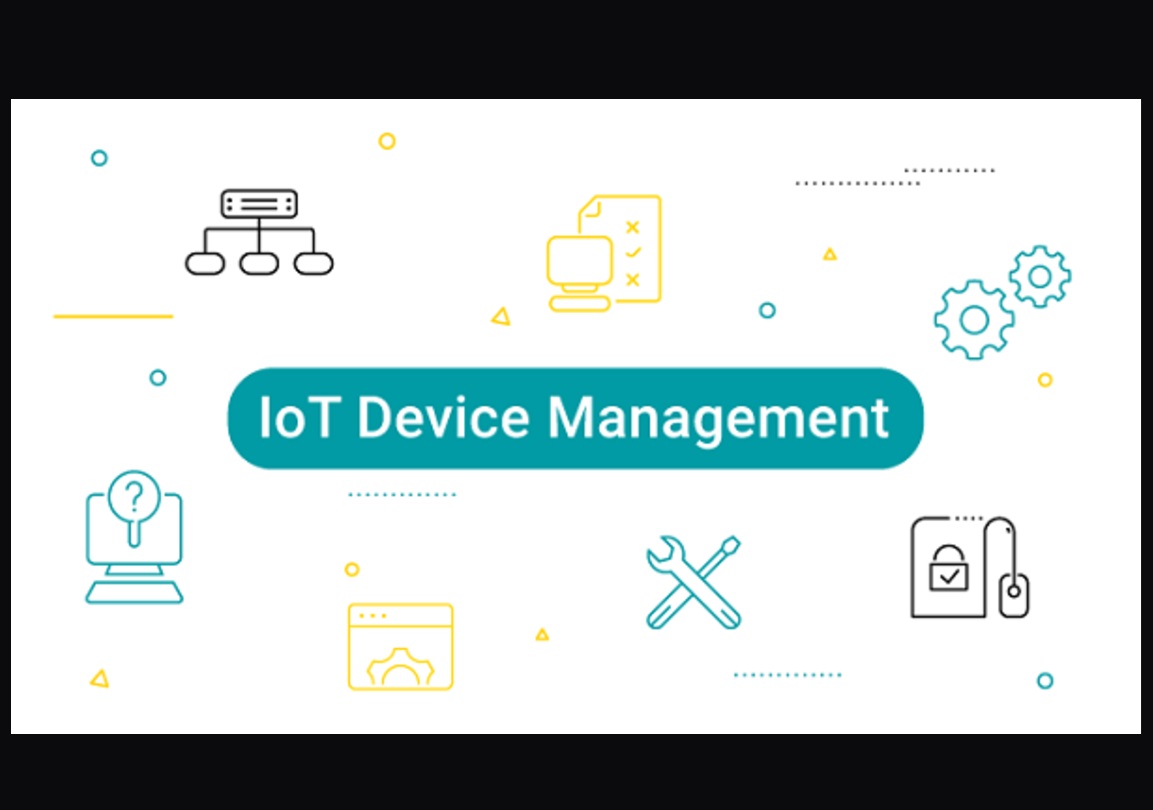Industries are being transformed by the Internet of Things (IoT), which connects devices and systems to improve operational efficiency and convenience. Nevertheless, the increased connectivity also carries a higher risk of security vulnerabilities. Effectively administering access controls, particularly through Secure Shell (SSH) key management, is one of the most critical components of securing IoT devices. Improper administration of SSH keys can result in vulnerabilities, which is why they are essential for secure remote access to IoT devices. This article delves into the importance of SSH key management in the protection of IoT devices and provides recommendations for ensuring secure remote access to IoT devices. Obtain additional information regarding IoT device management
The Importance of SSH Key Management in the Security of IoT
SSH keys offer a secure method of authenticating users who access IoT devices remotely, thereby ensuring that only authorized parties can interact with them. In contrast to passwords, SSH keys employ public and private key pairs for encryption, which are more difficult to intercept or decrypt. By increasing the difficulty of unauthorized access, this encryption method improves the security of IoT devices. Nevertheless, the quantity of SSH keys necessary to administer these devices increases as the number of IoT devices increases.
Unauthorized access, data loss, and device hijacking are among the numerous security risks that can result from inadequate SSH key management. Attackers could exploit keys to gain access to IoT systems if they are not properly stored, rotated, or revoked when they are no longer required. Consequently, the integrity and security of the connected devices are contingent upon the management of SSH keys.
SSH Key Management Best Practices in the Internet of Things
Implement centralized management: Utilize centralized tools to supervise and manage SSH keys on all IoT devices. This facilitates the enforcement of consistent policies throughout the network and facilitates the monitoring of key usage.
Key Rotation: To mitigate the risk of key compromise, it is recommended that SSH keys be rotated on a regular basis. Even if an attacker acquires access to an outdated key, they will be unable to utilize it for an extended period of time by consistently altering them.
Implement Robust Key Policies: Guarantee that SSH keys are lengthy, intricate, and adhere to the most stringent security protocols. Establish stringent access controls to restrict the individuals who are permitted to generate and disseminate keys.
Expiration and Revocation of SSH Keys: Establish expiration dates for SSH keys and execute automatic revocation for any keys that are no longer required or associated with users who have departed the organization.
Audit and Monitoring: Conduct regular audits to identify any suspicious activity or unauthorized access attempts and continuously monitor SSH key usage.
SSH Key Management for IoT Security: Frequently Asked Questions
Q: In the context of IoT security, what is SSH key management?
A: The process of managing SSH keys, which are used to securely access IoT devices, includes the creation, distribution, storage, rotation, and revocation of these keys.
Q: What is the significance of SSH key administration in the context of IoT security?
A: SSH key management is essential for the protection of the confidentiality and integrity of the system and its data, as it prevents unauthorized access to IoT devices.
Q: What is the recommended frequency of SSH key rotation?
A: It is recommended that SSH keys be rotated on a regular basis, preferably every few months or whenever a security incident or personnel change occurs.
In conclusion,
The security of the devices within these networks becomes increasingly important as the Internet of Things (IoT) continues to revolutionize industries. Effective SSH key management is a fundamental component of the security of IoT devices, providing a robust layer of protection against unauthorized access. Organizations can substantially mitigate the likelihood of IoT-related security vulnerabilities by adhering to industry standards such as monitoring, key rotation, and centralized key management.





Comments